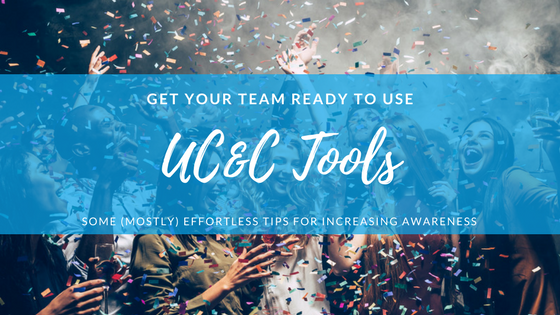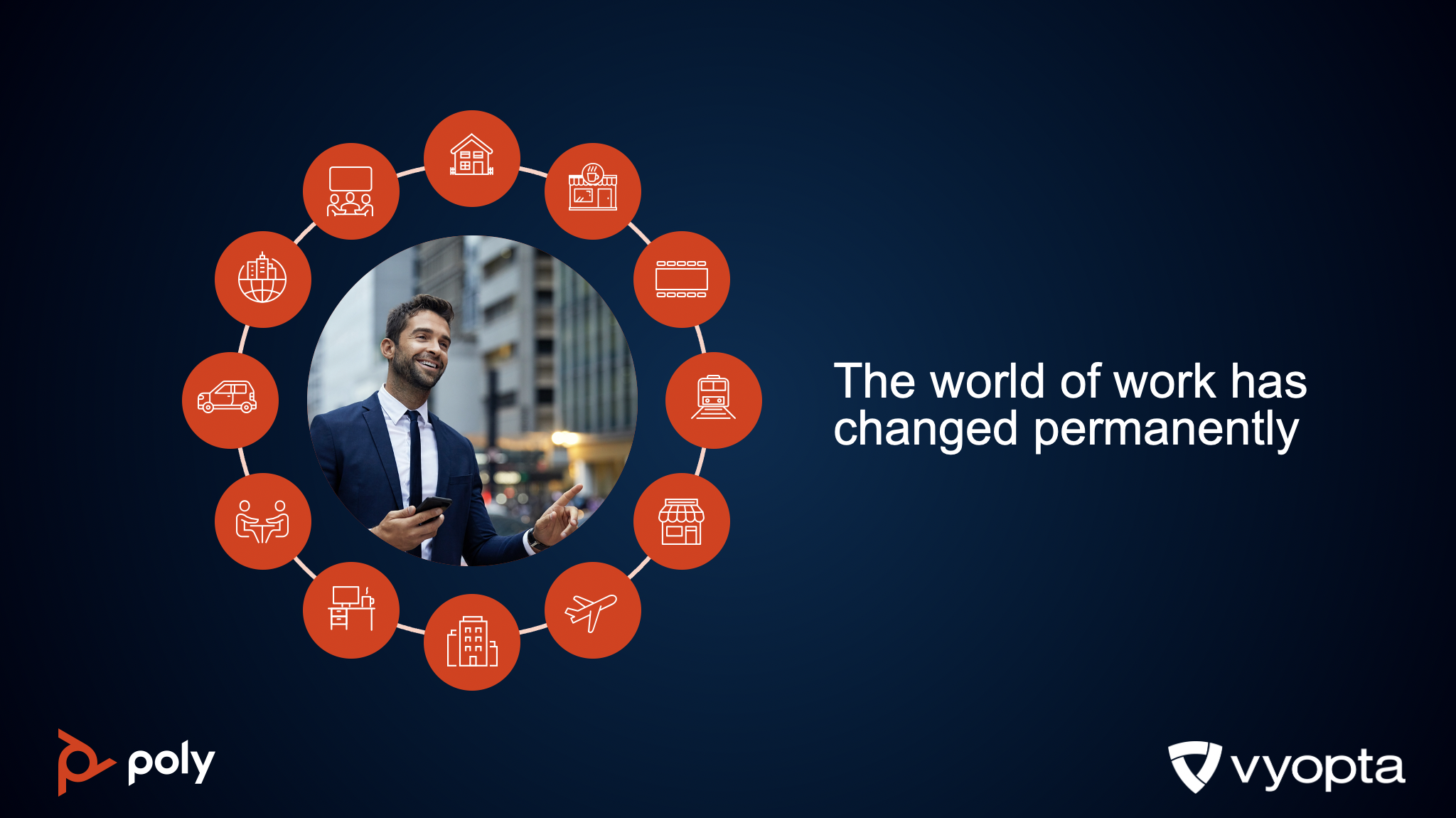
Oh, collaboration. If you google the term, more often than not, you’ll see what artist is working with what make-up line to create THE perfect lip gloss for winter but, in our profession, it’s something else entirely.
In today’s post, we’ll cover what collaboration really is and how you can make it work for your organization.
What we talk about when we talk about collaboration
We’re a UC&C company so when we say collaboration we’re talking about teams working together, locally and globally, in a business setting. Collaboration can happen in the office, between many office locations, between teams and clients, teams and prospects—the main idea is that it’s people working together.
650 billion reasons to care about collaboration
Let’s start with a few key stats:
- UC&C is projected to become a $61.9 billion dollar industry as soon as next year and exceed $75B by 2020.
- According to one study, 83% of professionals depend on technology to collaborate.
- A McKinsey report noted that, on average, knowledge workers spend 14% of their work week on communications and collaborations internally.
- A Gallop poll, The State of the American Workplace, shows that in the last 4 years the percentage of people who work remotely in the US has grown from 39% to 43%, with every expectation that this number will rise in the years to come.
In addition to increased demand for collaboration tools, companies are enjoying the OPEX benefits that come with remote workers. According to a recent Forbes article, companies in the US could stand to save $650 billion a year with remote workers because of decreases in expenses related to overhead for office spaces, travel, and the costs that come with maintaining a physical space.
We don’t know many people that would be averse to saving that kind of money.
Getting your team on board with collaboration
Thinking of deploying a new tool or trying to think of new ways for your team to adopt an existing tool? Now that you know WHY collaboration tools are important and beneficial let’s get down to how you can help get your users on board.
Think outside the inbox.
How many times a day do you get an email that you skim and then delete, or better yet, let languish in your inbox? You don’t have to tell us the actual answer, we can see our own inboxes to confirm that this is , in fact, a thing. With more and more people touting the death of email, IT teams are having to find more creative ways to let their users know about updates, changes, functionality, and new tools.
With this in mind, here are 3 easy ways to let your team know about a tool, organized for you by least effort needed to most effort needed:
Effort Level: Easy
It may sound silly but hard copy posters are a great way to let your team know that new things are coming down the pike. We get so blind to emails and IMs that something in the physical world can both surprise and delight.
Not an artist? You’re not alone. You can use good ol’ PowerPoint or check out a free platform like Canva that comes pre-loaded with free templates to make even the most basic MS Painter (#RIP) looks like a graphic designer.
Effort Level: Medium
A quick How To guide for users stored in your company’s internal resource library or a sharing system like SharePoint, Dropbox, or GDrive. Create a 1-3 page doc with the basics on the how, why, and when of the tool and point users to it when they have questions or as part of the deployment process.
Documentation is always a good idea but we put it at medium effort because it does require a modicum of prep time.
A suggested outline:
- Brief introduction to user about what the guide is going to do for them
- A brief review of WHY this tool is important
- A brief review of HOW this tool will benefit them (save time, increase productivity, make collaboration easier, etc.)
- A quick set-up guide (most tools come with this, so you can cut and paste!)
- Any additional notes about requirements or expectations for use
- Any useful links to other documentation on other tools, company policies, or support team info
Side note: This can also become a live document where you record the answers to FAQs you receive so it can be used for onboarding new hires. BONUS!
Effort Level: Involved
Lunch and learns are always a good idea. If you have the budget, spring for some pizza or another office favorite. You’re more likely to get attendees if you offer some incentive like food. It may seem basic, but it’s true.
Create a little agenda ahead of time so you can stick to the facts and allow time at the end for questions. A possible agenda:
- Opening statement about the tool:
- Why it was selected
- What is does
- How is it useful to the user?
- Brief tutorial about how to set it up and its main functions
- Brief overview of expectations for use
- Q&A
After the L&L is done, send a follow up email to the team to review notes and potentially catch the eye of some non-attendees. Share the presentation or a link to it so users can refer to it instead of inundating your inbox with questions about it.
Have you tried a different tactic in your organization? Let us know on Twitter and you may be featured on a future post!



.png)
.png)